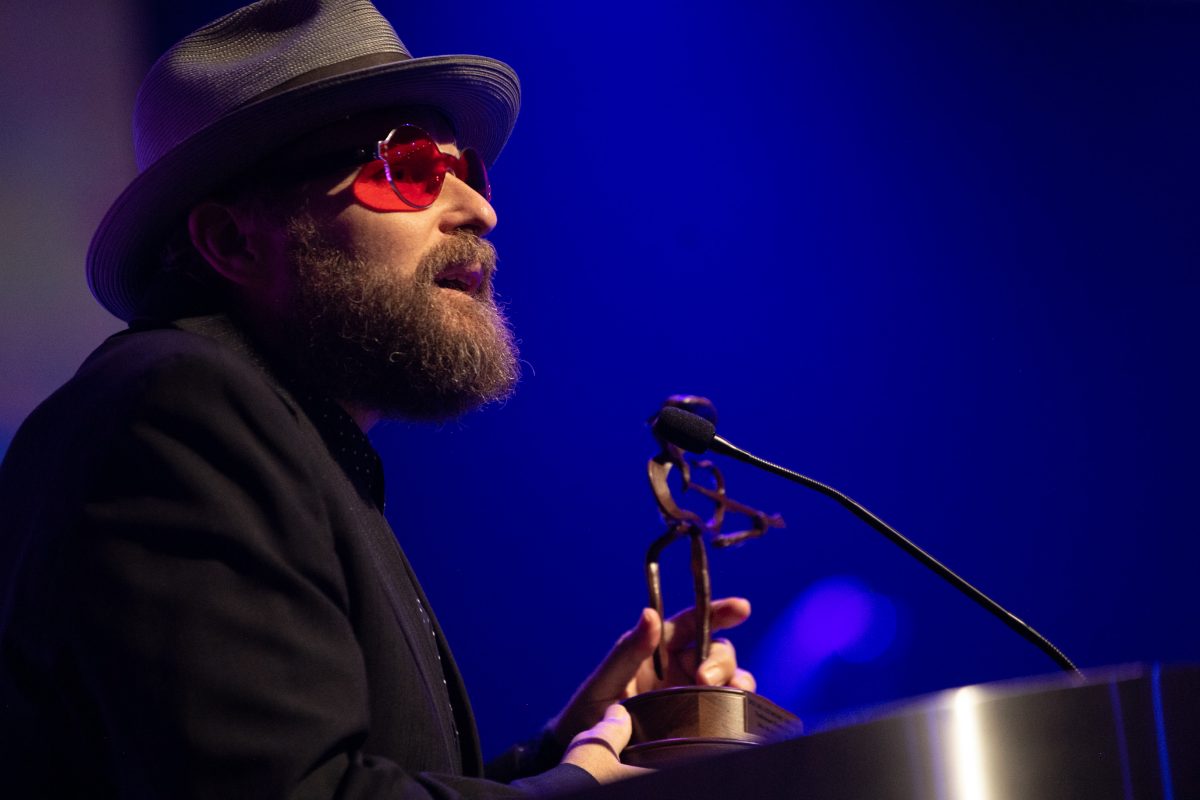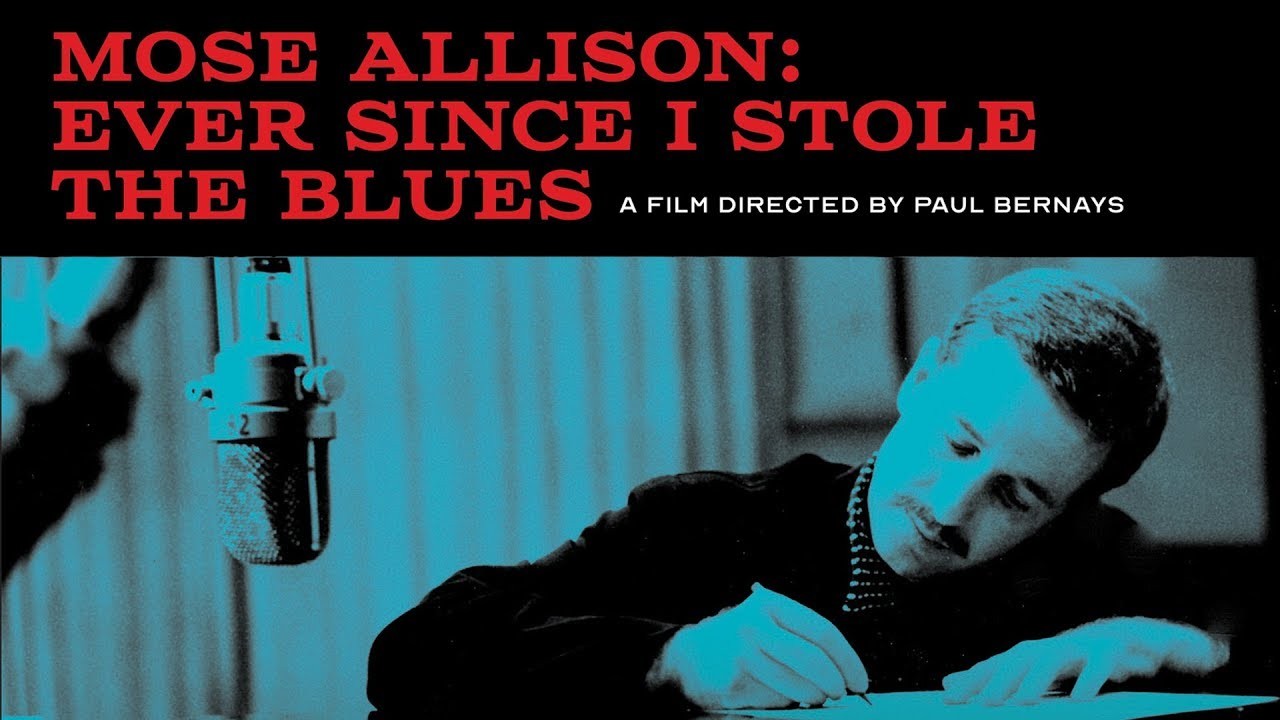There was an extra helping of good will and cheer as Memphian John Németh took home two Blues Music Awards at the Renasant Convention Center last night, one for his harmonica playing, another naming his May Be the Last Time the best Traditional Blues Album of 2022.
The good will began the night before, when a host of artists gathered at Rum Boogie Memphis for a revue that doubled as a BMA showcase and a fundraiser for Németh, who’s struggled with some serious health issues recently. As he noted on social media, “I am honored and grateful to have so many legends gathering in Memphis for my benefit.” In a sign that medical issues have not knocked him out of the game, Németh’s band, the Blue Dreamers, was the Rum Boogie house band that night, and Németh himself performed.
That’s been the case for some time, as he soldiered on last year in his usual bluesman’s itinerary. Just last October, after a performance in Minneapolis, he wrote “I was in serious pain during this show and had to sit during the performance. The vocals and chromatic harmonica are fierce.”
Despite successfully confronting health issues, Németh had an all-around great 2022, musically speaking. In January he thanked “roots music DJs for making my new Love Light Orchestra record the number one air played Soul Blues Album in the US for 2022. If you have not heard it, then please check out Leave The Light On.” That album was nominated for both Album of the Year and Soul Blues Album, but did not win either.
Other regional favorites who nabbed BMA’s included Charlie Musselwhite, whose Mississippi Son won best Acoustic Blues Album; Christone “Kingfish” Ingram, who was named best Contemporary Blues Male Artist; and Anthony Geraci, who received the Instrumentalist Pinetop Perkins Piano Player award.
National treasure Buddy Guy was the biggest winner of the night, with his album, The Blues Don’t Lie, picking up the Album of the Year and Contemporary Blues Album awards. The title song, “The Blues Don’t Lie,” written by Tom Hambridge, also won Song of the Year.
Acoustic Blues Album: Charlie Musselwhite – Mississippi Son
Acoustic Blues Artist: Doug MacLeod
Album of the Year: Buddy Guy – The Blues Don’t Lie
B.B. King Entertainer: Tommy Castro
Band of the Year: Tedeschi Trucks Band
Best Emerging Artist Album: Dylan Triplett – Who is He?
Blues Rock Album: Albert Castiglia – I Got Love
Blues Rock Artist: Albert Castiglia
Contemporary Blues Album: Buddy Guy – The Blues Don’t Lie
Contemporary Blues Female Artist: Ruthie Foster
Contemporary Blues Male Artist: Christone “Kingfish” Ingram
Instrumentalist-Bass: Danielle Nicole
Instrumentalist-Drums: Kenny “Beedy Eyes” Smith
Instrumentalist-Guitar: Laura Chavez
Instrumentalist-Harmonica: John Németh
Instrumentalist-Horn: Deanna Bogart
Instrumentalist-Pinetop Perkins Piano Player: Anthony Geraci
Instrumentalist-Vocals: Shemekia Copeland
Song of the Year: “The Blues Don’t Lie,” written by Tom Hambridge Soul Blues Album: Sugaray Rayford – In Too Deep
Soul Blues Female Artist: Thornetta Davis
Soul Blues Male Artist: Curtis Salgado
Traditional Blues Album: John Németh – May Be the Last Time
Traditional Blues Female Artist Koko Taylor Award: Sue Foley
Traditional Blues Male Artist: John Primer



